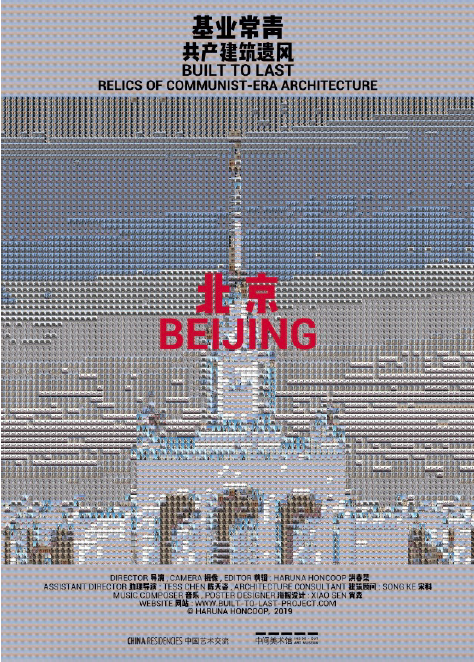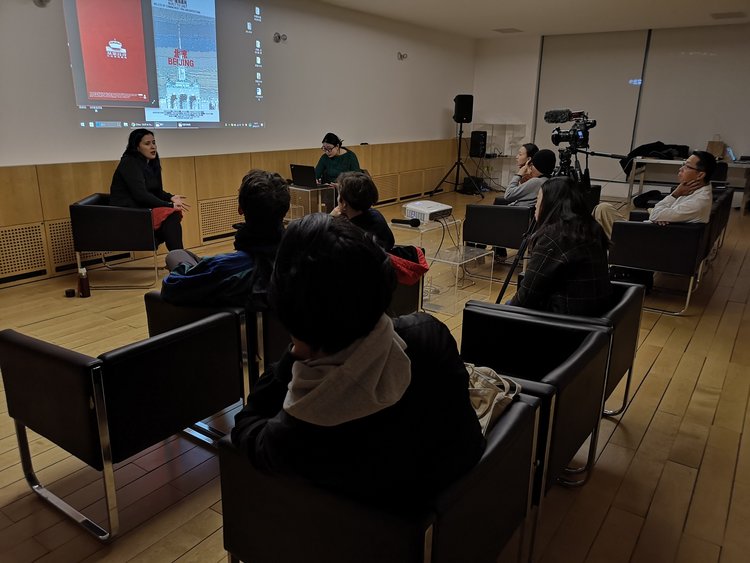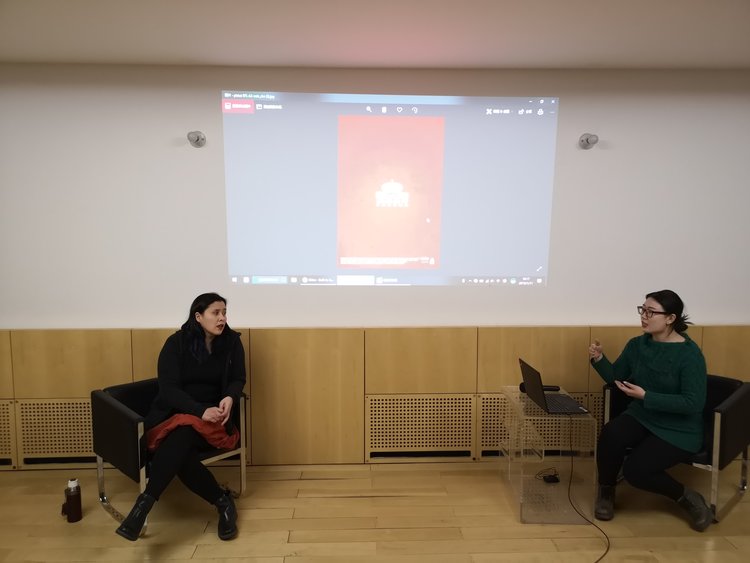Haruna Honcoop
Residence Time:
2019.12.16-2020.1.15
Artist Bio:
Haruna Honcoop (洪春菜) is a Czech-Japanese audiovisual artist/ documentary filmmaker and researcher interested in post-war and modern architecture and urbanism. She is currently working on a new documentary project about Beijing urbanism in relation to the Olympic stadiums and venues, as well as continuing her work on Built To Last (award for the Best Documentary Film at ArchFilm Lund Festival 2017, Sweden), her previous ongoing project documenting the communist-era architecture in Eastern Europe. She was awarded an artist residency through the Chinese Residencies programme Locality/Reality 本土性 / 现实性 at the Inside-Out Museum, Beijing in winter 2018. Besides her practical film work and video art, having earned her BA in Chinese studies from Charles University in Prague and an MFA from the Film and TV School of the Academy of Performing Arts (FAMU) in Prague, she is currently doing PhD research at FAMU focusing on recent Chinese independent documentary film production.

Program 11 January 2019, 18:00-20:00
- Introduction to the Olympic project OLYMPIC HALFTIME.
- Introduction to the project BUILT TO LAST, screening of the whole film Built to Last (2017, 60min – including East Berlin, Moscow, Poland, Czechoslovakia, Hungary, Serbia, Albania, Kosovo, Romania, Bulgaria) and screening of the newly produced short film Built to Last Beijing (2019, 9 min).
- Q&A session.
Artist talk and film screening
Beijing has become the only city in the world‘s history that organizes both summer and winter Olympic games. Some Olympic venues from summer 2008 will be reused again in winter 2022, some abandoned and new huge places for winter sports are being built in the mountains outside of Beijing. The scale, speed and other various aspects of this huge development become both specific and metaphoric substance for the director’s personal reflection of contemporary China, its urbanism and the interpretation of Olympic ideas as a tool for development of the international image of China and its leaders on the current global scene. Seen through the eyes of a foreign filmmaker speaking Chinese, the film-essay OLYMPIC HALFTIME orchestrates the experience of various characters connected with the Olympic sites, various images and ideas into a one personal, but complex image of Chinese response for the legacy of ancient European sport event and its architecture. Olympic Halftime which will be premiered 1 year before the Beijing 2022 Olympics, and will also explore the legacy of Greek, French and Japanese Olympic architecture, what remains today and how are the countries preparing for the new challenges related to the upcoming games (Tokyo 2020, Paris 2024).
Transmedia project BUILT TO LAST – RELICS OF COMMUNIST-ERA ARCHITECTURE (www.built-to-last-project.com) reflects the communist-era achitecture in Eastern Europe, and Haruna decided to start expanding it further outside of the European ex-communist space. During her artist residency, she has been exploring and documenting 1950s-1980s architecture in Beijing, consulting with architect Song Ke and collaborating with audiovisual artist Xiao Sen, who created the sound for the documentary video art piece.
Architecture petrifies the prevalent ideas and living standards of each era. Every building has its story. However, what changes rapidly is the public view of architectural relics due to transformations in political and social systems. Buildings can be elevated as icons of their times by a later generation or condemned. Inevitably, the architecture of the socialist era in Eastern Europe is presently regarded with a great degree of bias and prejudice. Since the fall of the Iron Curtain in 1989 many communist-era buildings have been completely reconstructed, and many have been demolished regardless of their architectural qualities. Even though the architecture of socialism may serve as a reminder of human fallacy, and thus lead us to self-reflection, we often prefer to casually wipe it out rather than renovate it. Thus, these silent witnesses to our recent past keep quickly disappearing. What is the reality and fate of those relics in China?


